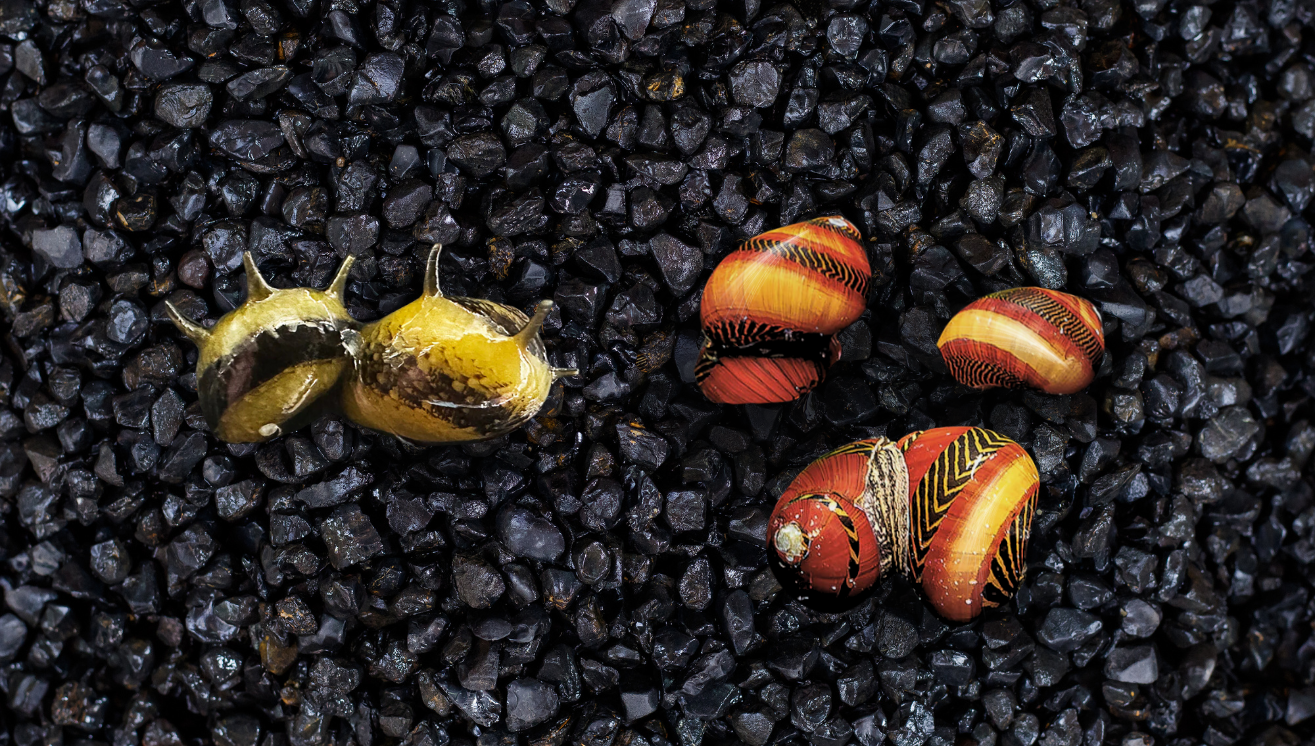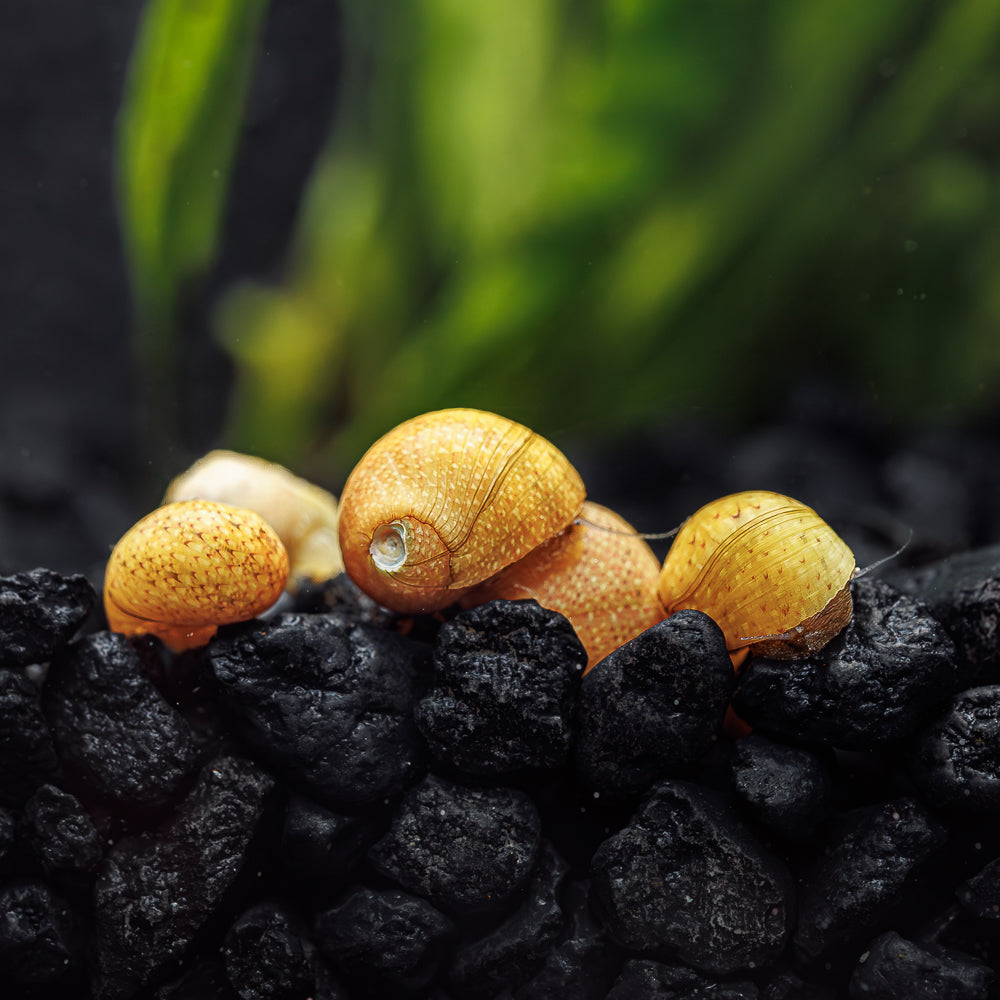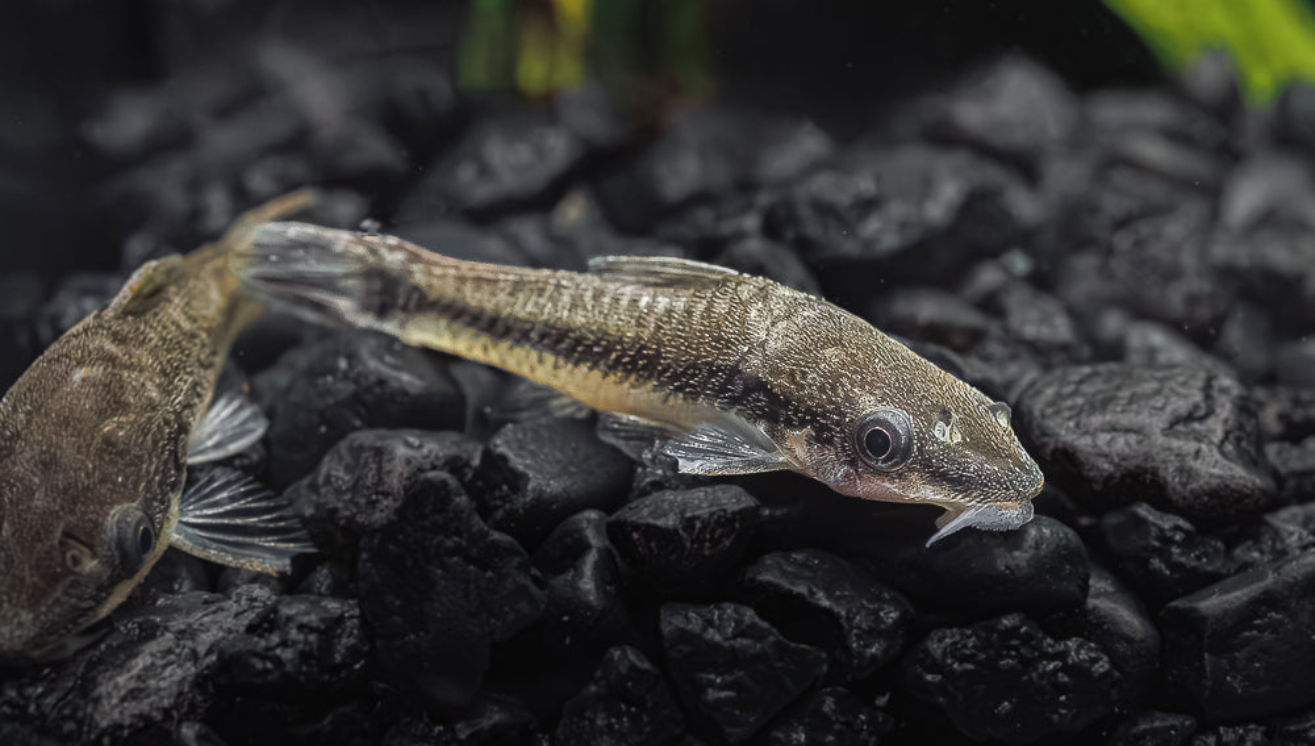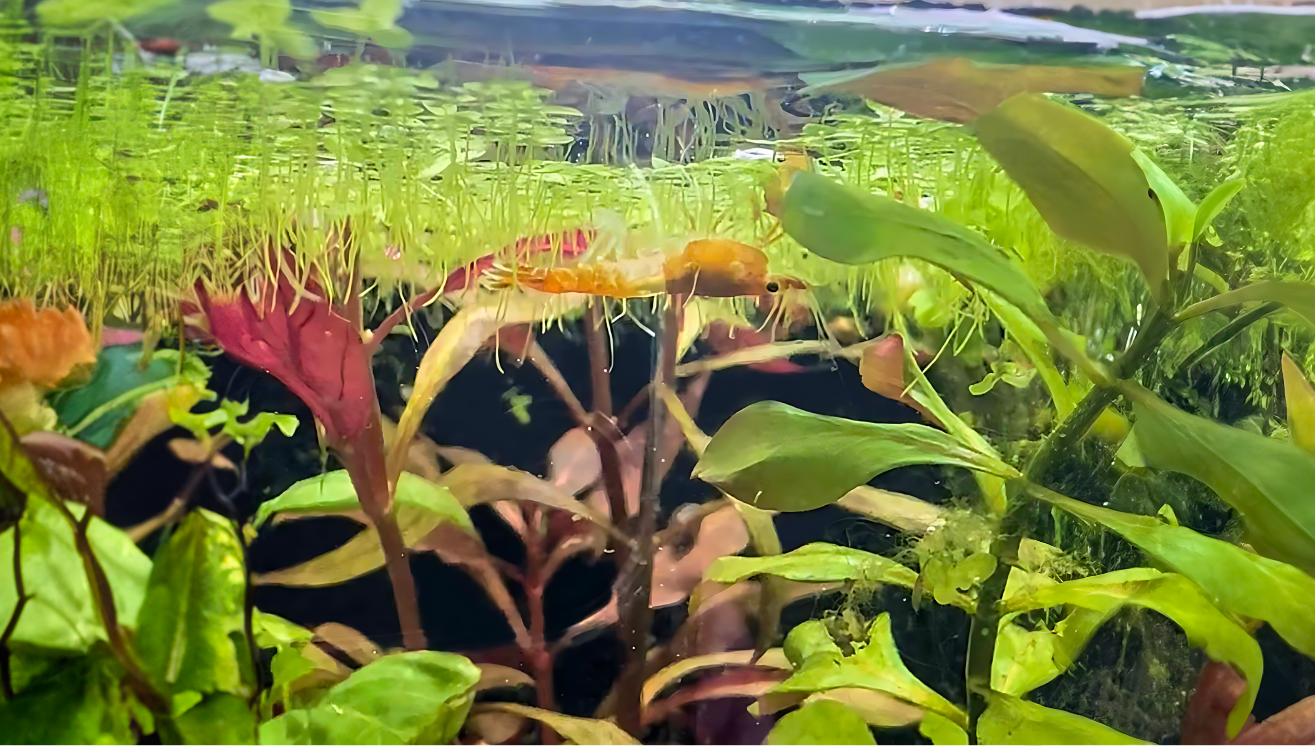Your Cart is Empty
🚚 Flat-Rate FedEx Priority Overnight — Just $26.99 (Limited-Time Special!) | FREE over $200
🚚 Flat-Rate FedEx Priority Overnight — Just $26.99 (Limited-Time Special!) | FREE over $200
🚚 Flat-Rate FedEx Priority Overnight — Just $26.99 (Limited-Time Special!) | FREE over $200
by Emily Dourm May 10, 2024 2 min read

Nerite snails are freshwater mollusks originating from the East Coast of Africa, commonly found in rivers and streams. With various colors and patterns like Batik, Horned, Helmet, and Onion, they're popular in aquariums for their algae-cleaning abilities. Besides their practical role, their beautiful shells and grazing behavior make them enjoyable to observe. We keep them on pool-filtered sand or bare-bottom tanks with Matten filters, supplement their diet, and enhance their environment with Indian Almond Leaves and LED lighting for natural algae growth. Here are a few of my personal favorites.
 Let’s start strong with everyone's favorite, the Red Racer Nerite! These snails have striking shells in shades of red, orange, and yellow, each with unique striping patterns.
Let’s start strong with everyone's favorite, the Red Racer Nerite! These snails have striking shells in shades of red, orange, and yellow, each with unique striping patterns.
 The Zebra Nerite may look similar at first glance, but each shell is uniquely striped—some with bold bands, others with fine pinstripes.
The Zebra Nerite may look similar at first glance, but each shell is uniquely striped—some with bold bands, others with fine pinstripes.
 The Horned Nerite stands out with its spiral shell pattern of black and yellow, complete with little “horn” projections that give it a distinctive look.
The Horned Nerite stands out with its spiral shell pattern of black and yellow, complete with little “horn” projections that give it a distinctive look.
One problem many people have with Nerites is their egg production. They often lay unfertilized eggs, regardless of having a mate. In our experience, egg-laying correlates strongly with poor water quality—it seems to be a survival response. Under proper tank conditions, they rarely lay eggs.

“Many aquarium enthusiasts perceive snails as optically unpleasant when their population explodes—a snail plague. Explosive growth is tied to environmental conditions: abundant food leads to high snail density, especially during the cycling phase when algae blooms provide an ideal food source. Eventually, food availability and competition bring the population back to normal. In tanks with heavy fish stocking and frequent feeding, snail numbers can surge. If invertebrates get out of hand, reconsider your feeding routine.”
— Aquasabi
Read the full Aquasabi blog post here.
In summary, each variety offers unique colors and cool patterns along with algae cleaning capabilities.
Comments will be approved before showing up.

by Brooke Lees October 04, 2024 2 min read
Aquarium plants do much more than add beauty to a tank, they help maintain water quality and provide natural shelter for your aquatic pets. Among the many available options, Hornwort and Anacharis stand out for their versatility, ease of care, and benefits to aquarium ecosystems. Let’s dive deeper into the differences and similarities between these two popular plants.

by Brooke Lees September 20, 2024 2 min read

by Brooke Lees September 13, 2024 3 min read